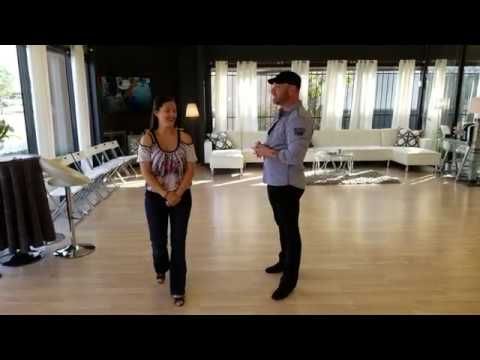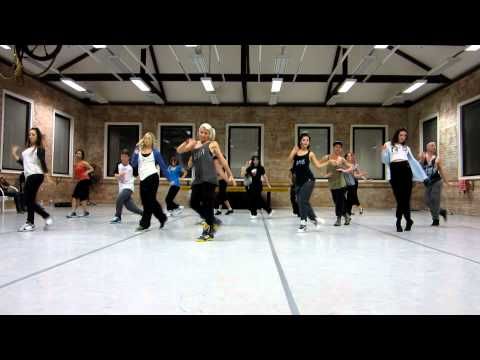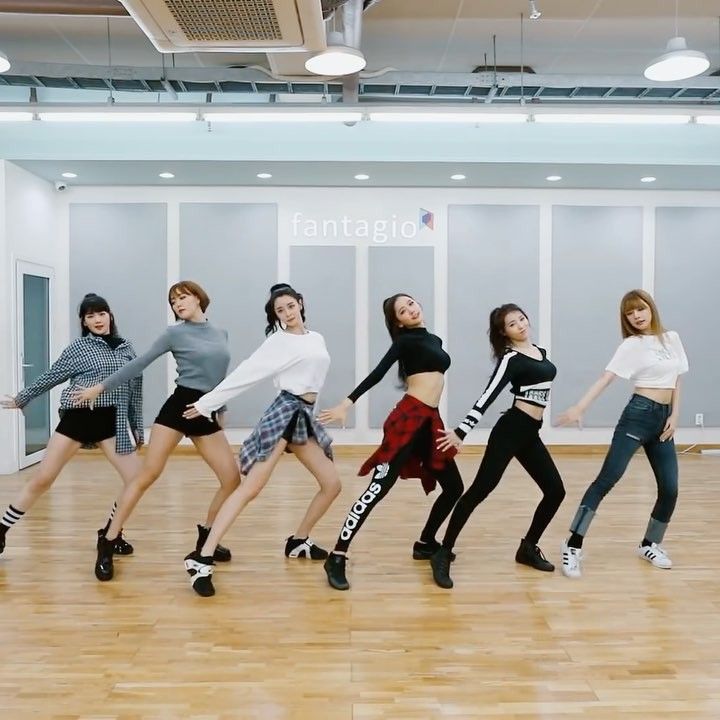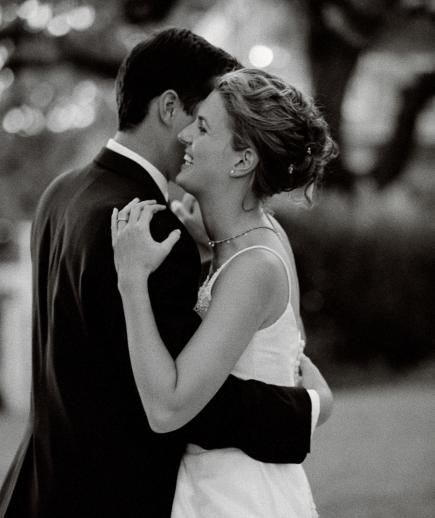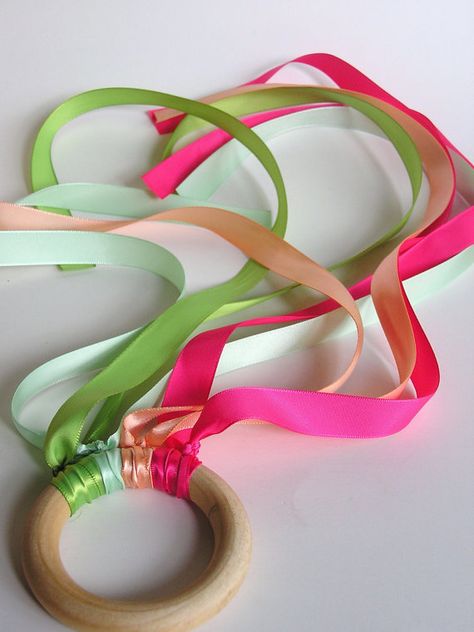How the andalusian horses dance
Jerez de la Frontera: How the Andalusian Horses Dance
Skip to content
Entry ticketAdd to wishlist
Entry ticketActivity provider: Real Escuela Andaluza del Arte Ecuestre
Likely to sell out Booked 12 times yesterdayWatch a balletic display by Andalusian horses at the “How the Andalusian Horses Dance" show in Jerez de la Frontera. Marvel at the skills of the horses and riders as they demonstrate different choreographies, riding in unison, pulling carriages, and more.
About this ticket
- Free cancellation
- Cancel up to 24 hours in advance to receive a full refund
- Reserve now & pay later
- Keep your travel plans flexible — book your spot and pay nothing today.
- Covid-19 precautions
- Special health and safety measures are in place. Check your activity voucher once you book for full details.
- Duration 1.5 hours
- Check availability to see starting times.
- Wheelchair accessible
- Watch the Andalusian horses dance at an equestrian ballet in Jerez de la Frontera
- Marvel at the showmanship of Spanish riders and horses
- See how the horses can piroutte, do a Pas de Deux, and more
- Listen to quintessential Spanish music
- Admire the traditional, 18th-century style costumes
Marvel at the equestrian skills of Spanish horses and riders at a unique "How the Andalusian Horses Dance" ballet at the Fundacion Real Escuela Andaluza Del Arte Ecuestre (Foundation Royal Andalusian School of Equestrian Art) in Jerez de la Frontera. Accompanied by quintessential Spanish music and 18th-century style costumes, the choreography uses movements based on classical dressage, Doma Vaquera (country-style riding), and traditional equestrian chores. Each show consists of 6-8 different choreographies, scheduled by the school according to the following repertoire: Doma Vaquera: Doma Vaquera is a Spanish riding discipline, based on traditional cattle herding. The horseman rides his horse around the arena using only one hand, first trotting and later galloping, changing the rhythm and performing pirouettes and arreones (breaking into a gallop). Classical Dressage: See different choreographies, such as “The Colts,” “Airs on Horseback,” “Pas de Deux,” “Passage and Piaffer,” “Domino on Horseback,” “Airs Above the Ground” and “Fantasy.” The horses carry out advanced exercises to classical music. Carriage Driving: Marvel as the horses demonstrate their ability to draw carriages.
Accompanied by quintessential Spanish music and 18th-century style costumes, the choreography uses movements based on classical dressage, Doma Vaquera (country-style riding), and traditional equestrian chores. Each show consists of 6-8 different choreographies, scheduled by the school according to the following repertoire: Doma Vaquera: Doma Vaquera is a Spanish riding discipline, based on traditional cattle herding. The horseman rides his horse around the arena using only one hand, first trotting and later galloping, changing the rhythm and performing pirouettes and arreones (breaking into a gallop). Classical Dressage: See different choreographies, such as “The Colts,” “Airs on Horseback,” “Pas de Deux,” “Passage and Piaffer,” “Domino on Horseback,” “Airs Above the Ground” and “Fantasy.” The horses carry out advanced exercises to classical music. Carriage Driving: Marvel as the horses demonstrate their ability to draw carriages.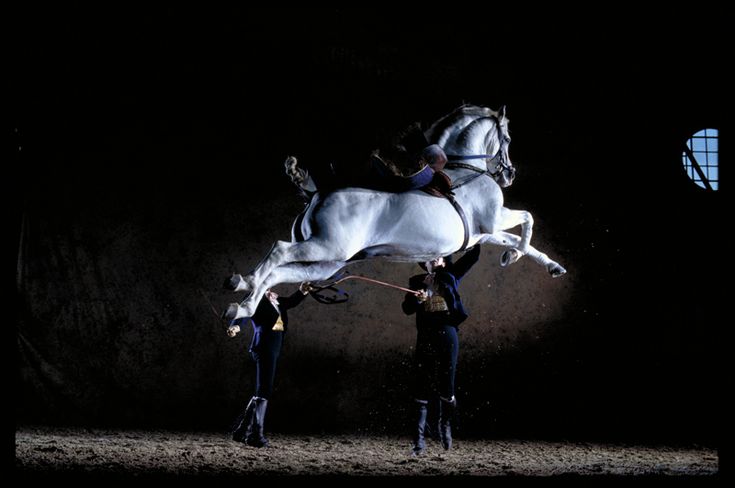 These horse-drawn carriages were originally used for transport, but are now relegated to sport and exhibitions, using classical harnesses and driven by coachmen who dexterously demonstrate exciting skills. Work in Hand: Admire the skill of a horse that obeys its rider even when the horseman is not in the saddle. They will carry out classical Haute École dressage exercises, such as levades, caprioles, courbettes, piaffe (between pillars), and the Spanish walk. Carrousel: See a group of horses and riders perform advanced equestrian exercises in unison, providing a fitting end to the performance.
These horse-drawn carriages were originally used for transport, but are now relegated to sport and exhibitions, using classical harnesses and driven by coachmen who dexterously demonstrate exciting skills. Work in Hand: Admire the skill of a horse that obeys its rider even when the horseman is not in the saddle. They will carry out classical Haute École dressage exercises, such as levades, caprioles, courbettes, piaffe (between pillars), and the Spanish walk. Carrousel: See a group of horses and riders perform advanced equestrian exercises in unison, providing a fitting end to the performance.
- Entrance to the show
Meeting point may vary depending on the option booked.
Overall rating
4.7 /5
based on 2411 reviews
Review summary
- Value for money 4.
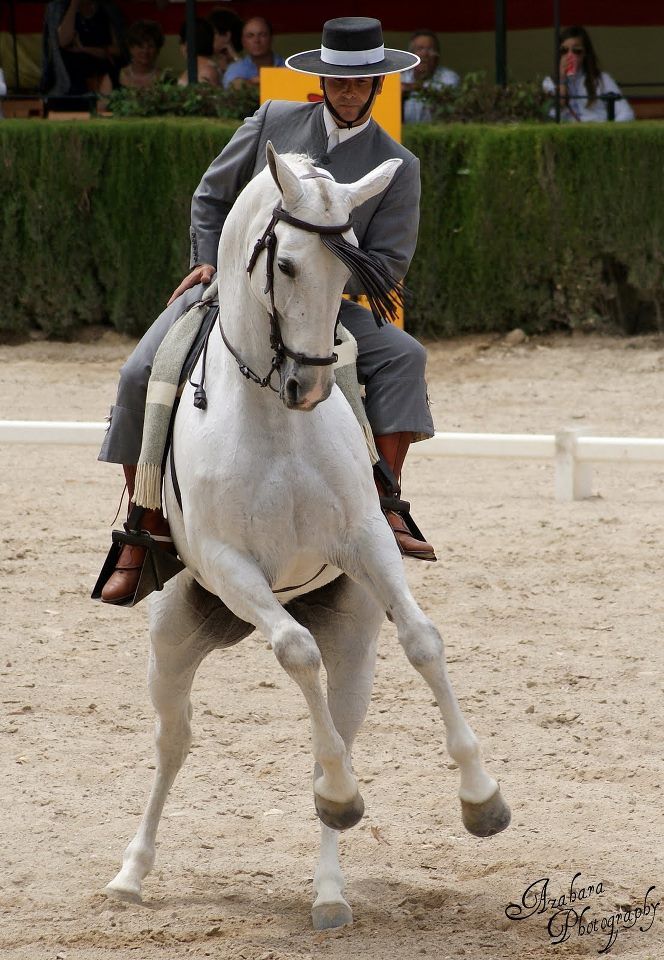 4/5
4/5 - Service 4.6/5
- Organization 4.6/5
Sort by:
Traveler type:
All traveler types
Couples
Group of friends
Solo travelers
Families
Star rating:
All star ratings
5 stars
4 stars
3 stars
2 stars
1 star
The performance of horses & riders was excellent for the whole show.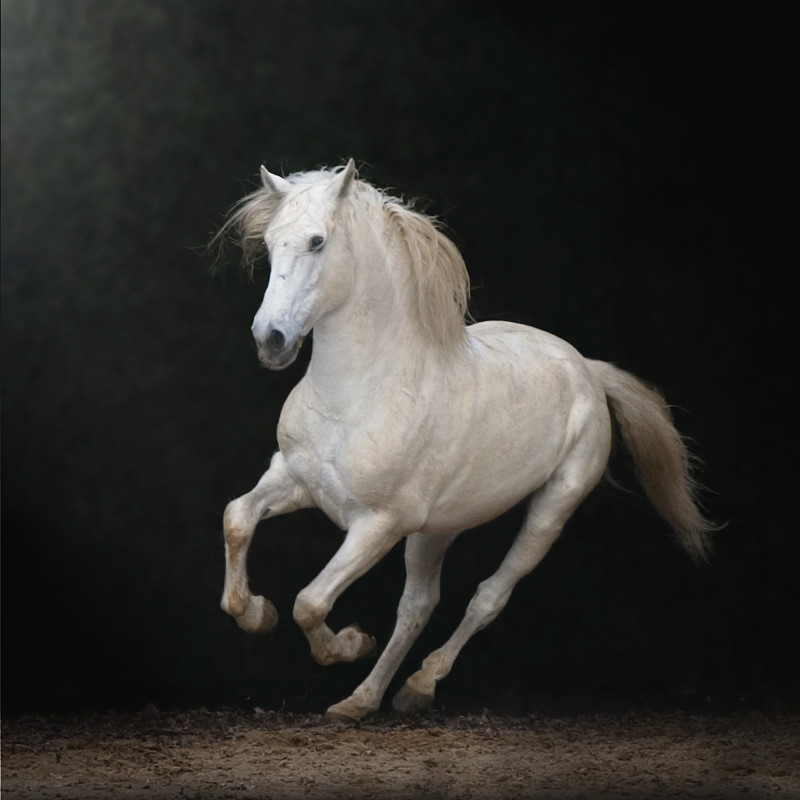 Where ever you sit you get a great view of the program & because they perform both end of the arena you do not miss anything. You are also very close to the action & as the show is a full hour & a half great value.
Where ever you sit you get a great view of the program & because they perform both end of the arena you do not miss anything. You are also very close to the action & as the show is a full hour & a half great value.
It is an entrance ticket to the show and surrounding area (Museum excluded). Exchange your printed voucher at the Ticket Office to receive your Tickets as describe, not a Problem at all. You can watch the area and warm up/Training before the show starts. Great experience for everybody with nice music and light highlights to complement the horse Show.
Read more
Jerez de la Frontera is a great destination in Andalucia (near Gibraltar and Cadiz) and aside from tasting Sherry “Jerez,” the must-do event is attending this famous Andalusian Horses Show. They are held only on Tuesday’s and Thursday’s at Noon. So, plan accordingly. The show was wonderful, working up from just 1 horse to 2 horses to 4 and in the end 8 horses - all performing to rhythmic music in beautifully choreographed movements.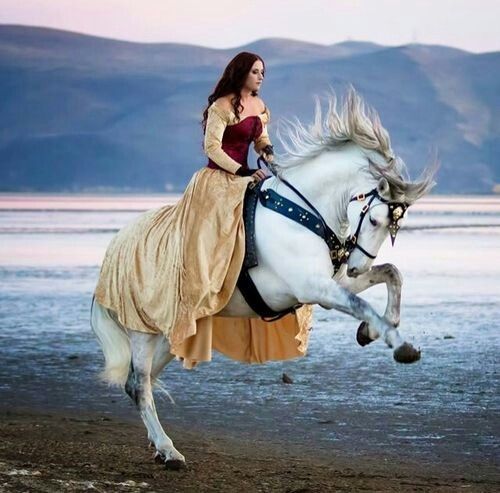 Luckily, the show is indoors and in the shade. There were small cafes and gift shops on site, but I’m not sure about parking. We were able to walk less than 10-minutes from Villa Jerez Hotel located in the same residential area. If you can coordinate your travels to visit Jerez on a Tuesday or Thursday, definitely see this!
Luckily, the show is indoors and in the shade. There were small cafes and gift shops on site, but I’m not sure about parking. We were able to walk less than 10-minutes from Villa Jerez Hotel located in the same residential area. If you can coordinate your travels to visit Jerez on a Tuesday or Thursday, definitely see this!
Read more
Product ID: 46763
How the Andalucian Horses Dance at the Royal Andalusian School of Equestrian Art Foundation, Jerez de la Frontera, Cadiz province
This article has been visited 9,586 times
How the Andalucian Horses Dance is an equine ballet accompanied by traditional Spanish music and riders in 18th century costumes performed at at the Royal Andalusian School of Equestrian Art.
By Nick Nutter | Updated 12 Mar 2022 | Cádiz | Places To Go | Login to add to YOUR Favourites or Read Later
Andalucia Breed
The Royal Andalusian School of Equestrian Art Foundation, based in Jerez de la Frontera is famous worldwide for its show entitled ‘Como bailan los caballos andaluces’, ‘How the Andalucian Horses Dance’. The equine ballet, first presented in 1973, is unique, as is the Andalucian horse.
The equine ballet, first presented in 1973, is unique, as is the Andalucian horse.
The Legend of the Andalucian Breed
Dancing Horses
It is only fair to start with the horse. Myth and legend surround the story of the origin of the Andalucian horse breed. The traditional story proceeds along the lines of: an animal native to Spain, proud and noble of course, remaining pure in breed through the centuries from the mists of time.
ADVERTISEMENT
Debunking the Myth
Recent DNA studies indicate that the breed has been in Iberia far longer than mankind, that much is true to the legend, and that there is a component of Barb horse, brought over by the Moors in the 8th century AD, in the mix, definitely not part of the myth. The truth of the breed is even more remarkable. It is a man-made creation, produced by selective breeding since the 16th century.
The Classical Horse - the perfect breed
That story really does start in the mists of time.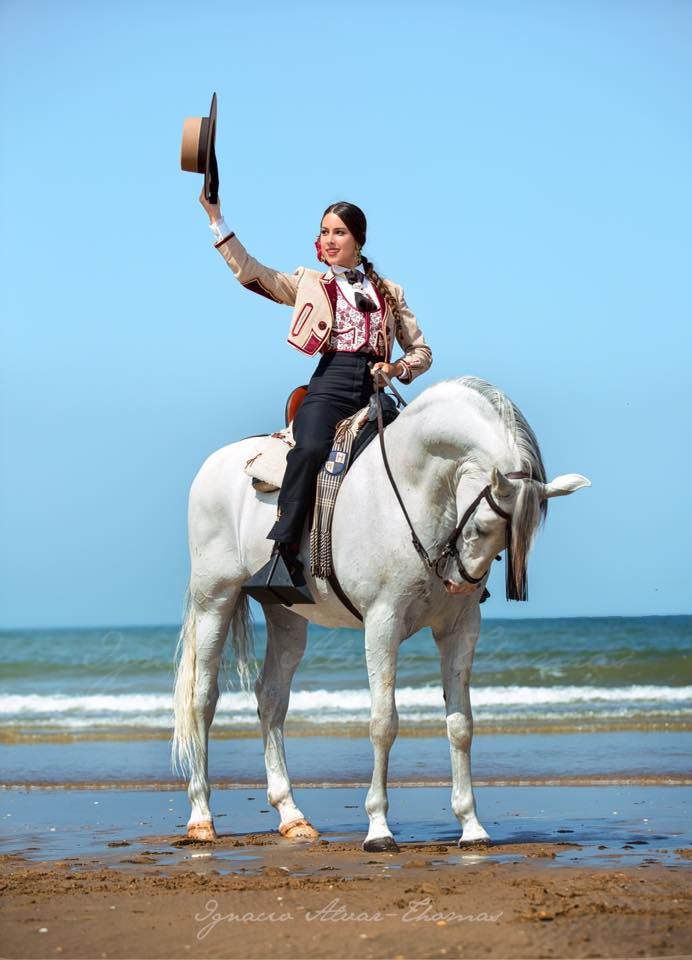 About 400 BC. Simon of Athens, Xenophon, and later in the 1st century AD, Columella and Saint Isodore of Seville in about 610 AD, defined the perfect horse. Collectively they described the ‘classical horse’. It should have a small head, black eyes, tiny, straight ears, a flexible, thick and not too long neck, a thick mane, wide chest, round belly, elevated movements, a long, silky, wavy tail and a round coup. From then onwards this model of a horse, that did not exist in reality, was represented in drawings, paintings, engravings and sculptures.
About 400 BC. Simon of Athens, Xenophon, and later in the 1st century AD, Columella and Saint Isodore of Seville in about 610 AD, defined the perfect horse. Collectively they described the ‘classical horse’. It should have a small head, black eyes, tiny, straight ears, a flexible, thick and not too long neck, a thick mane, wide chest, round belly, elevated movements, a long, silky, wavy tail and a round coup. From then onwards this model of a horse, that did not exist in reality, was represented in drawings, paintings, engravings and sculptures.
Creating the Andalucian
In 1567, King Phillip II (the Prudent) of Spain ruled one of the world’s largest empires. His reign began the ‘Golden Age’ in Spain, a period during which there was a great outpouring of literature, music and the visual arts. Phillip allowed this blossoming of the arts to go to his head and he decided that Spain would be the country to produce what had, until then, been a fantasy - the ‘Classical horse’. He charged the royal horse master, Diego Lopez de Haro, to purchase 1,200 mares and stallions necessary to create a new breed of horse that would match the perfect vision.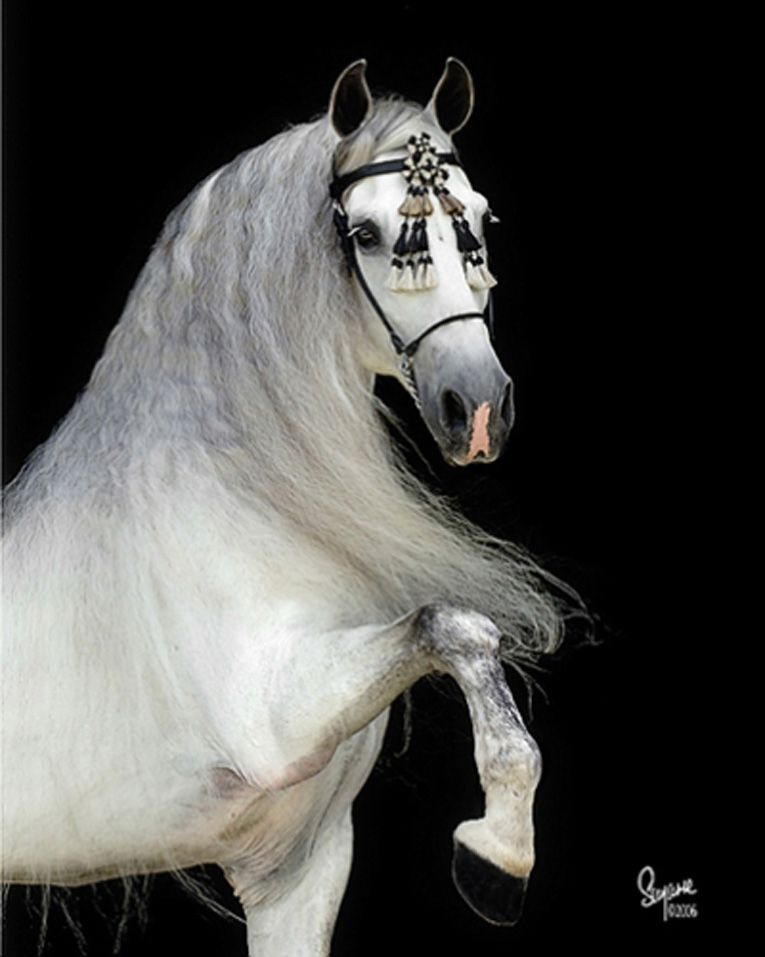 Diego bought a selection of the different types of horses then in Andalucia that already had one or more of the features desired in the ideal horse. The eventual result was the Andalucian breed. Phillip decided the horse was so extraordinary that it would be for the exclusive use of the Royal household and for gifts to foreign monarchs, nobles and clergy. By the 18th century, the Andalucian was famous as a breed throughout the world.
Diego bought a selection of the different types of horses then in Andalucia that already had one or more of the features desired in the ideal horse. The eventual result was the Andalucian breed. Phillip decided the horse was so extraordinary that it would be for the exclusive use of the Royal household and for gifts to foreign monarchs, nobles and clergy. By the 18th century, the Andalucian was famous as a breed throughout the world.
Apart from being a beautiful horse, the Andalucian also turned out to be intelligent and athletic.
First Performance of ‘How the Andalucian Horses Dance’
In 1973, King Juan Carlos I, then Crown Prince of Spain, awarded Don Alvaro Domecq Romero the ‘Caballo de Oro’ (Golden Horse) trophy in Jerez de la Frontera in recognition of his work with Andalucian horses. It was on this occasion that the horses from the Andalucian School of Equestrian Art first performed their ballet. The performance is accompanied by traditional Spanish music and the riders wear 18th century costumes.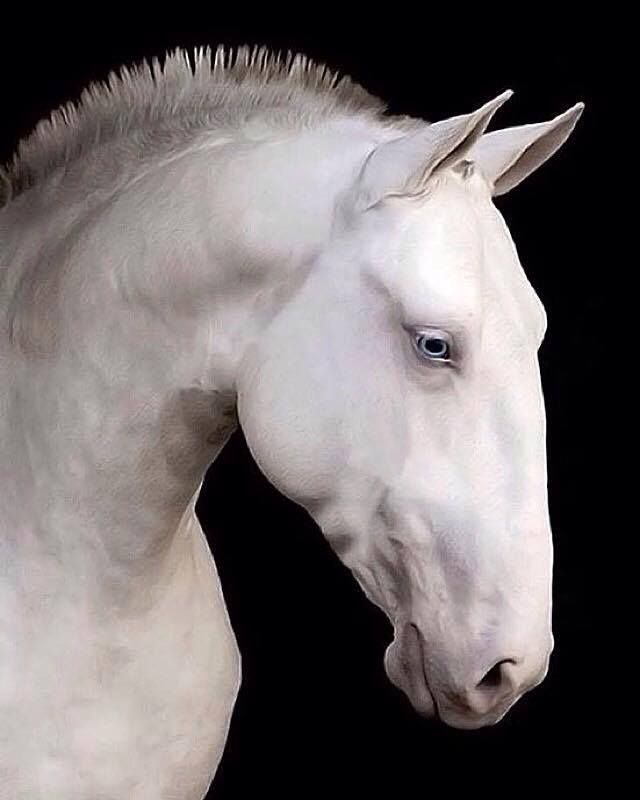
Recommended by our Editors
Getares
Doña Blanca
Palace of Time (Clock Museum)
In 1987, Carlos, by now King, received the Governing Body of the school at the Zarzuela Palace and accepted the post of honorary President of the school. He conferred the tile of ‘Royal School’ to the Foundation.
Although the dancing horses performance is the public’s perception of the work done at the school, there are other aspects equally as important. The school is still responsible for the selection of the horses to maintain the breed. It trains Haute École riders, and is responsible for the preservation of Classical and Country Dressage. Every year the school embark on tours to different countries, acting as ambassadors for the Province of Cadiz.
Performances take place on different days throughout the year. It is best to check the website if you intend to see a show.
Tell Us What You Think about Andalucian Horses Dance
Comments
Booking.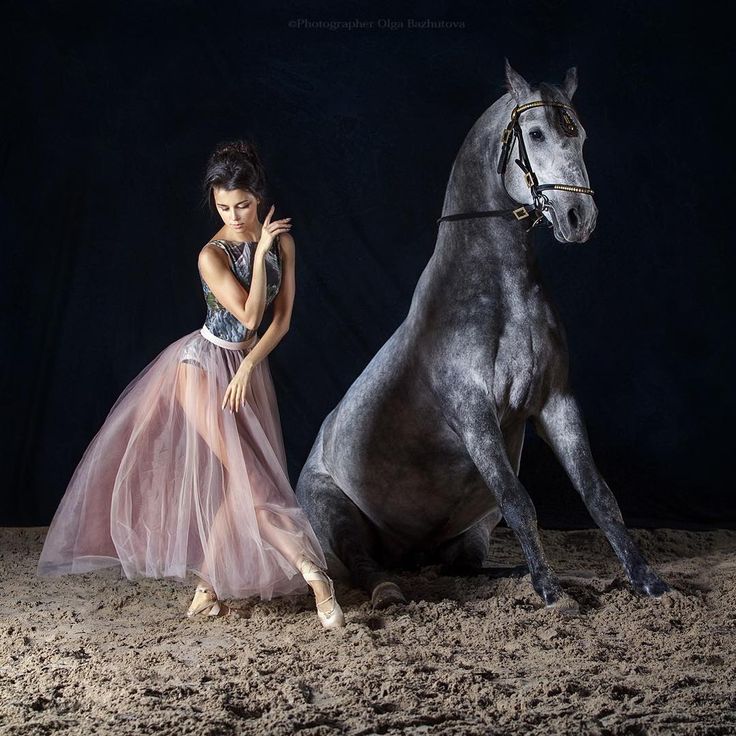 com
com
How the Andalusian horses dance, performance reviews, staging Real escuela andaluza del arte ecuestre de Jerez de la Frontera - Poster-Theaters -Theatres
Performance
Performance Real escuela andaluza del arte ecuestre de Jerez de la Frontera
About the performance
GenresCircus
Age0+
Duration 1
Special offers
Afisha selection
Autumn forecast: up to -30% on New Year's plans
,performances for children and adolescents about outstanding art figures
Concerts of November for children and adolescents for children and adolescents
November exhibitions for the whole family
Events
Create a unique page for your event on Afisha
This is an opportunity to tell a multi-million audience about it and increase attendance
37
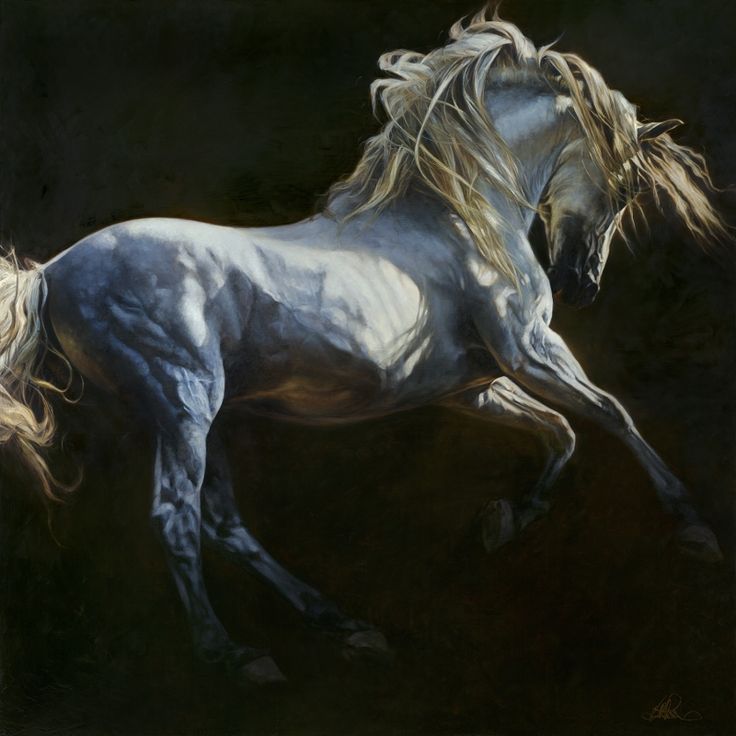
How Andalusian horses dance - Evgenia Sevryukova's photoblog — LiveJournal
Friends, thank you very much for your heartfelt congratulations, kind words and good wishes! :) Your attention is very nice for me :) I'm glad that I have you! :)
And today I want to show you how the Andalusian horses dance.
As part of the international military music festival "Spasskaya Tower", performances of the Royal Andalusian School of Equestrian Art were held at the equestrian arena on Red Square.
Today I will try to tell you about the history of the school, the art of training horses and show the beauty and grace of these magnificent animals, the interaction and sensitivity of understanding of the rider. At the end of the post there is a bonus video recording with authentic music to create a complete impression :) I hope you enjoy it! :)
Royal Andalusian Riding School was founded in 1973.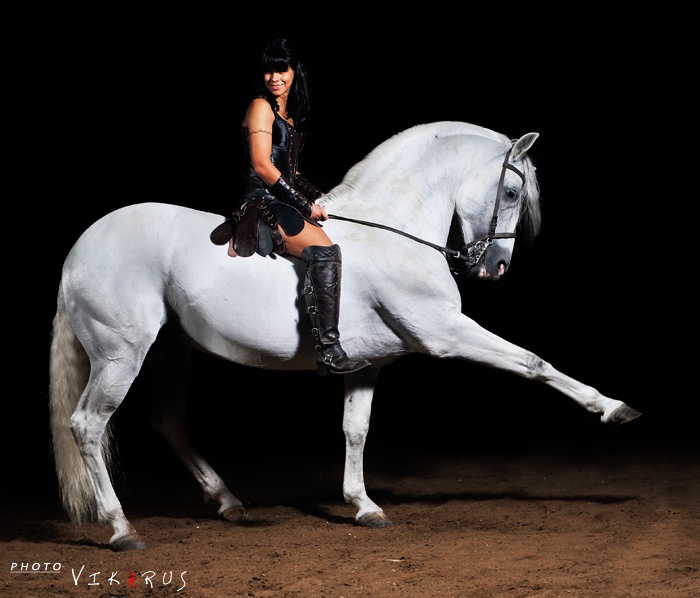 This moment marked the beginning of the revival of the traditional art of Spanish equestrian dressage. Various types of activities are implemented on the basis of the school: training beginner riders, working with equestrian sports professionals, breeding purebred Spanish horses. Preserving the art of riding according to tradition is the main principle of the school.
This moment marked the beginning of the revival of the traditional art of Spanish equestrian dressage. Various types of activities are implemented on the basis of the school: training beginner riders, working with equestrian sports professionals, breeding purebred Spanish horses. Preserving the art of riding according to tradition is the main principle of the school.
Until the 18th century, the Andalusian horse was an ideal riding horse. Even the riding school founded in Vienna by the Emperor of the Holy Roman Empire Maximilian was called Spanish.
During the Renaissance, the Spanish art of riding, which originated in the days of ancient Rome, was further developed thanks to the greatest dressage masters: the Italian Grisone, the Frenchman de La Guerinière and others. The Andalusian horse at that time was distributed throughout Europe and formed the basis of horse breeding in America.
But then a series of events followed that reversed the development of the breed. In 1720, Philip V - the first representative of the French Bourbon dynasty on the Spanish throne - banned equestrian bullfighting, the customs of his new subjects were not close and understandable to him. But bullfighting played a big role in the development of qualities in Andalusian horses that made them the most reliable war horses: brave, obedient, easy to manage. Now, without such a strict selection criterion, horse dressage has become a "pure art".
In 1720, Philip V - the first representative of the French Bourbon dynasty on the Spanish throne - banned equestrian bullfighting, the customs of his new subjects were not close and understandable to him. But bullfighting played a big role in the development of qualities in Andalusian horses that made them the most reliable war horses: brave, obedient, easy to manage. Now, without such a strict selection criterion, horse dressage has become a "pure art".
The French Revolution aggravated the crisis. The European royal academies that developed the art of classical dressage ceased to exist. Spain was ravaged by the Napoleonic wars. In addition, the tactics of combat operations of the cavalry, which were practiced by classical dressage, began to change: the techniques of close combat-duel gave way to an attack in the ranks, where agility and the ability to overcome natural obstacles were more important.
The increased influence of England completed the job: everything English came into fashion, hippodromes and hunting grounds replaced arenas.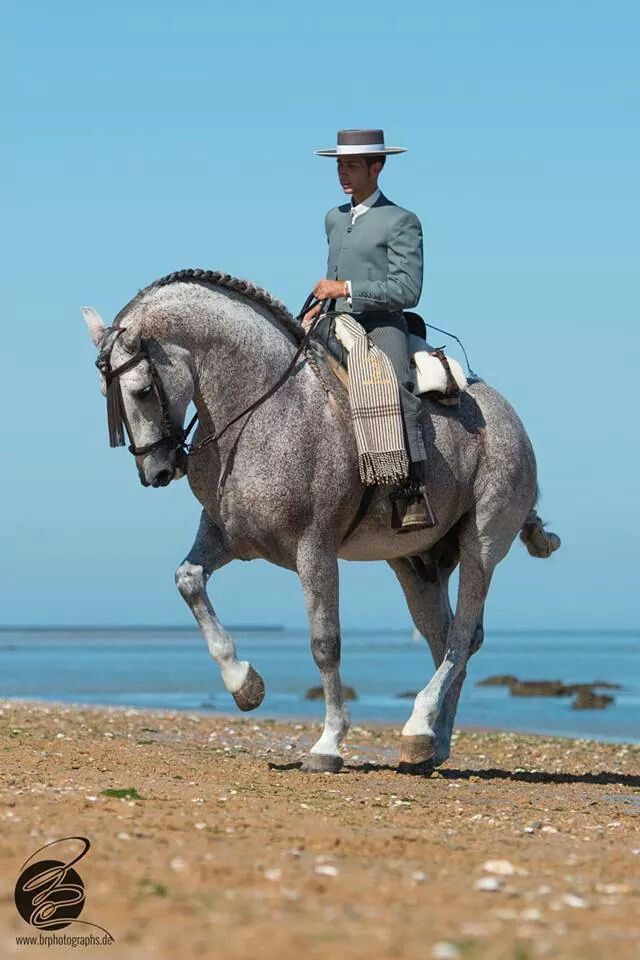 And even in their own country, the Andalusian horse became only a memory of its former greatness, because the Spaniards themselves preferred Arabian horses. Preserved only in its homeland and greatly reduced in number, the Andalusian breed has noticeably lost ground in terms of quality.
And even in their own country, the Andalusian horse became only a memory of its former greatness, because the Spaniards themselves preferred Arabian horses. Preserved only in its homeland and greatly reduced in number, the Andalusian breed has noticeably lost ground in terms of quality.
In the 1960s, the idea of reviving the Spanish dressage tradition haunted Don Alvaro Domech. His Portuguese friends helped him realize his dream - Dr. Gilherm Borba and his student Francisco d'Abryo.
First came the large, bright, well-lit rectangular pavilion that Don Alvaro erected on the grounds of the annual May fair, where the equestrian performance "How the Andalusian Horses Dance" was first presented, which became the hallmark of the new school.
In 1980, the school settled in a 19th century mansion known as "Recreo de Las Cadenas", where an arena with stands for 1600 seats, stables for sixty horses and much more were built.
Don Alvaro maintained the school for fifteen years until the Ministry of Information and Tourism bought the complex.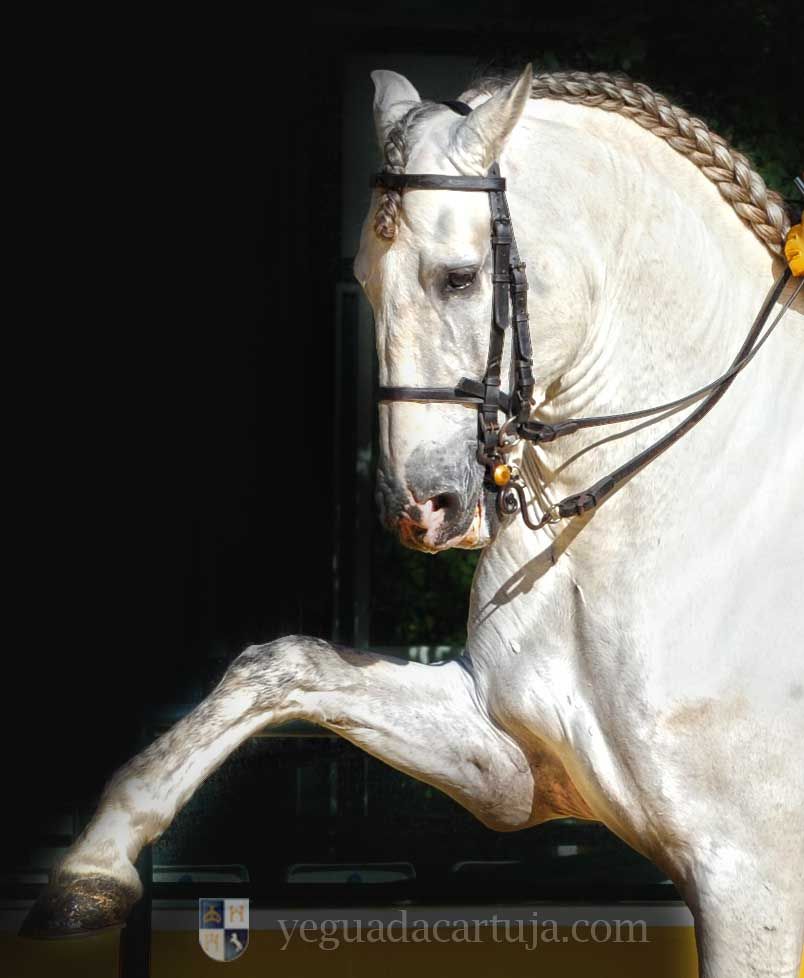 Recently, the creator of the Andalusian school has already retired - the historic mission of reviving Spanish dressage has been completed - and returned to his stud farm and fighting bull farm. Dr. Borba, armed with experience gained in Spain, in 1979 finally realized his dream: he created the Portuguese School of Horsemanship.
Recently, the creator of the Andalusian school has already retired - the historic mission of reviving Spanish dressage has been completed - and returned to his stud farm and fighting bull farm. Dr. Borba, armed with experience gained in Spain, in 1979 finally realized his dream: he created the Portuguese School of Horsemanship.
In 1987 the Andalusian school was taken under the patronage of the Spanish royal family. But back in May 19For 73 years, Don Alvaro Domec received the prestigious Golden Horse award from the hands of King Juan Carlos.
Horses of the Royal Andalusian Riding School are now winning the hearts of fans all over the world.
Show "How the Andalusian horses dance" can be considered the pinnacle of the school's work. This unique production is a true equestrian ballet based on elements of classical dressage, Doma Vaquera (literally "Cowboy Dressage") and traditional riding. Under the accompaniment of authentic Spanish music, riders in 18th century costumes demonstrate the most complex elements.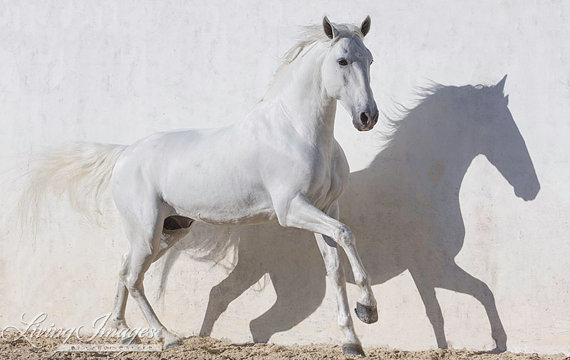 As a rule, the performance program consists of 6-8 different productions.
As a rule, the performance program consists of 6-8 different productions.
Doma Vaquera
This is the traditional riding style of the Spanish vaqueros (literally "cowboy"), typical of the regions of Andalusia, Salamanca, Extremudura, and also gaining popularity in the south of France. The Doma Vaquera was used by Spanish shepherds to control bull herds and to prepare bullfighting horses.
During the show, the rider demonstrates elements of the Doma Vaquera at walk, trot and canter, maintaining a stable rhythm and cleanliness in the performance of the most difficult exercises, many of which are also characteristic of classical dressage. The stop from an extended canter looks especially impressive, when the horse literally digs into the ground with all four legs.
Dressage Classic
In this part of the show, the riders showcase High School elements. Half passes, passage, piaffe, Spanish step, change of legs in 3-2-1 pace - it seems that for Andalusian horses these most difficult elements do not present the slightest difficulty.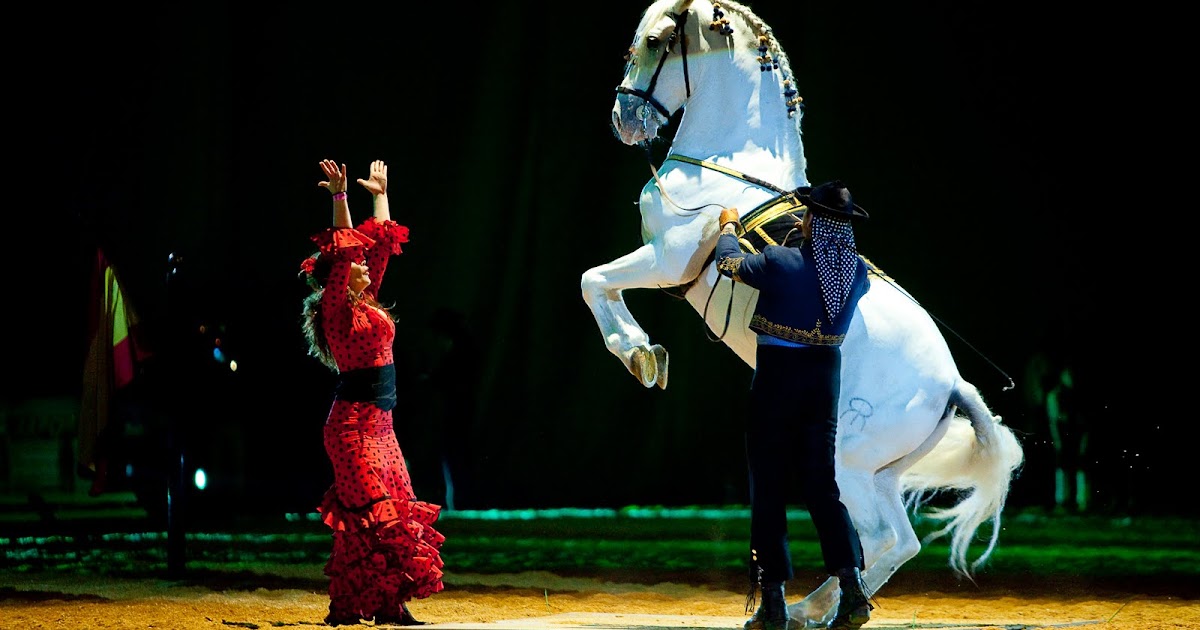
Work in the hands
Andalusian horses demonstrate to the audience that they can perform the elements of the High School not only under the saddle, but also in the hands. School jumps - levada, lanzada, courbet, pesada, as well as the Spanish step - all these elements captivate the audience with their beauty. In addition, the masters of dressage demonstrate the work of the horse on the reins and on the pillars.
Pair riding and figure change
However, Andalusian school is not only performances; a significant place in its work is occupied by educational programs. The school has one of the best veterinary clinics in the country, a saddle shop, where saddles, bridles and other ammunition are made according to traditional Spanish technologies.
Horsemen and master saddlers of the school study for four years. There is a two-year training program for veterinary paramedics and grooms - for internal needs.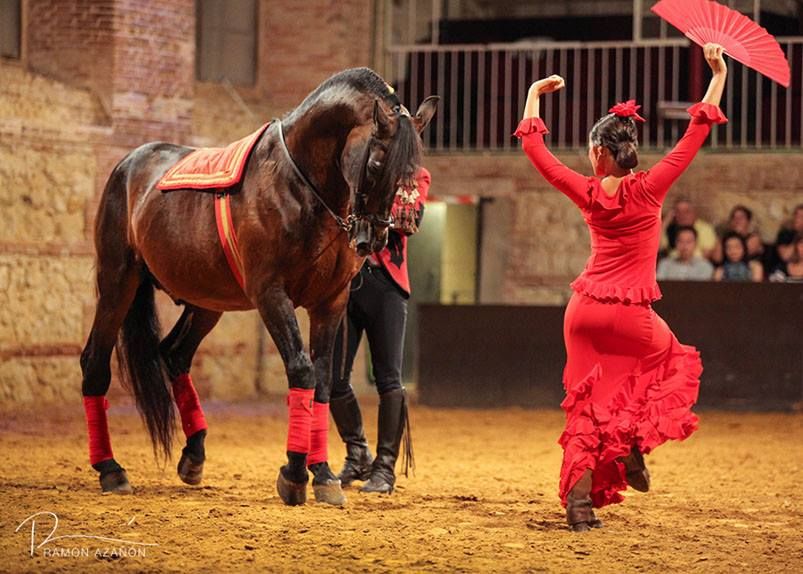 In winter, courses are open for everyone who wants to get a professional education.
In winter, courses are open for everyone who wants to get a professional education.
The school is a whole complex with a vast territory, with its own hotel. In the Royal School, even the ammunition is placed in a royal way: a magnificent collection of samples of traditional Spanish saddlery art is stored in a spacious hall. The air is conditioned here, and even palm trees in tubs are not just decoration, they serve to create an optimal microclimate - so that the skin does not dry out and does not become rough.
All five stables (twelve stalls each) are named after the school's legendary horses: Ruisecora, Vendavala, Garboso, Valeroso and Heresano.
Valeroso was the very first "star" of the performance, the creation of a school to which he gave a quarter of a century began with him (Valeroso fell at the age of 32). In addition, he left an outstanding offspring, the famous Invasor and Granadero from the Spanish dressage team - his grandchildren.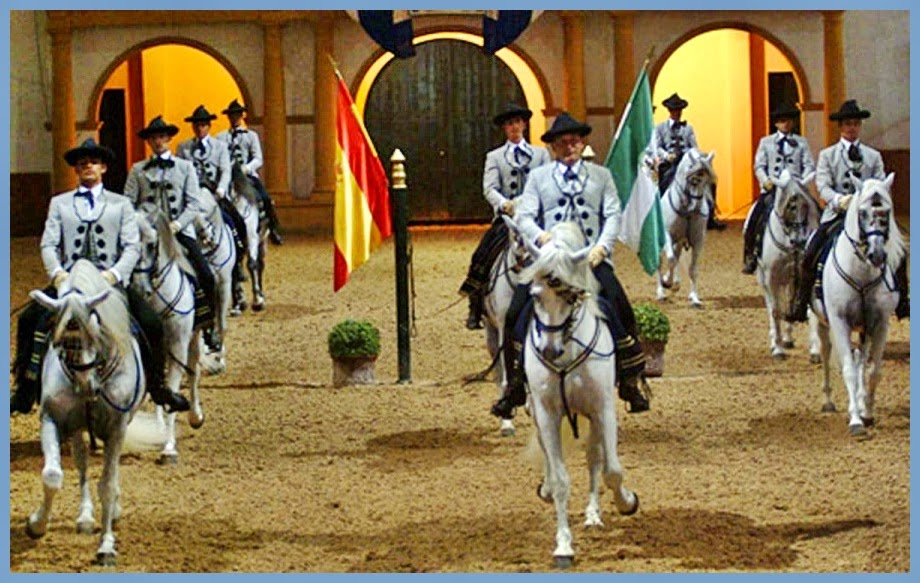
The fate of Valeroso is indicative: one of the main goals of the school is the improvement of the Andalusian breed, in particular, its ability to dressage. As soon as the show "How the Andalusian Horses Dance" gained popularity, participation in it became prestigious for the horse, and the surrounding breeders became very enthusiastic about the "trials" of their "pupils" for the role in the play. Naturally, their ideas about the ideal Andalusian horse could not but change.
In 1986, the Andalusian School acquired a valuable collection of twenty-two carriages and forty purebred Andalusian horses. All this splendor was bequeathed to the school by Don Pedro Domec de La Riva. Since then, the collection has grown noticeably, with saddles and harness items from the 12th-13th centuries. A coachman's art school and a museum of carriages appeared, and a wide variety of exits, decorated in the national style, became an integral part of the performances.
The geography of the tour of the Royal School is extensive - Great Britain, France, Belgium, Holland, Mexico, Venezuela, Argentina, not to mention the many Spanish cities.
